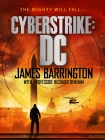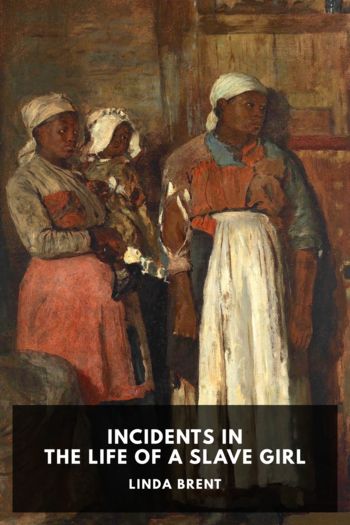Cyberstrike, James Barrington [short story to read .TXT] 📗

- Author: James Barrington
Book online «Cyberstrike, James Barrington [short story to read .TXT] 📗». Author James Barrington
‘So the cost of buying a call option that gives you the right to purchase one hundred shares in the company will only cost you one hundred dollars, not one thousand. If the stock then goes up to, say, twelve dollars, if you’d actually bought the shares you’d have made a two hundred dollar paper profit, because you’d have bought at ten dollars but you could sell at twelve dollars. That’s a two dollar profit per share and you’d bought one hundred of them. Simple arithmetic.
‘But if you bought the option instead, your outlay would have been one hundred dollars, but because you can now buy shares in the company for ten dollars fifty cents and then sell each share for twelve dollars, each option is now worth the one dollar you paid for it plus one dollar fifty. That’s the original price of the option and the increase in value of the underlying stock. So your one hundred dollar investment is now worth two hundred and fifty dollars, that’s a one hundred and fifty per cent profit. Of course, if you guessed wrong and the stock value falls, your option will expire worthless so you’d have lost the one hundred dollars. That’s the risk you always take when you buy an option. If you buy the shares and they then fall in value you’ve obviously made a paper loss but you still own the stock, so you can just hang on for the ride until the price recovers.
‘Put options work exactly the same but the other way round. If you assume that the price of the stock is going to fall, you’d buy a put option at, say, nine dollars, and if the stock value fell to eight you would have the right to sell shares at nine dollars so your profit would be one dollar per share. The attraction of options is that they’re much cheaper to buy than the underlying stock, the financial risk is minimal, just whatever the option costs to buy, and if that stock rises or falls a long way the profit potential is virtually unlimited. A lot of investors use them to hedge their bets, so if they own stock in a company and they’re uncertain about its future they might buy a chunk of put options just in case the stock value falls, things like that. And investors who like a gamble might buy both call and put options on the same company – that’s called a butterfly – if the share price looks really volatile. If its value goes up, they can exercise the call options, and if it goes they down exercise the puts. They’ll only lose their money if the share price remains exactly the same, which means both options will expire worthless. Does that make any kind of sense?’
‘My head is beginning to hurt and I think my ears are starting to bleed, but I more or less follow what you’ve said. And you said that index options don’t relate to individual shares or sectors of the economy but to the index as a whole. The Dow Jones or whatever. And these guys are expecting it to fall.’
Morgan nodded. ‘You’ve got it. The other thing about the trading Cameron reported is that the options being bought are well out-of-the-money so they’re cheap. The closer any option is to the actual price of the stock or index the more expensive it is. So if the Dow Jones is at 30,000, for example, and somebody buys a put option at 29,000 they won’t pay very much for it because nobody expects it to fall that far, but if they bought one at 29,990 it would cost them a lot more money. Again, rough and ready figures only. But from what Cameron was telling me these option purchases are way below the normal spread, and that alone is suspicious. It implies, at the very least, that the people buying these options are expecting the market to fall through the floor. In fact, it looks as if they’re expecting almost every market to fall through the floor.’
‘Can we identify the people doing the buying?’
Morgan shook his head. ‘I haven’t investigated this myself because I can’t, but Cameron – he’s the top security guy at the Bank of England and the Treasury – did run some initial tracing action and the purchasers are almost all proxies, and most probably proxies acting for other proxies. Unpicking the trail all the way back to the guy who actually speculated the money would be possible, but difficult and time-consuming. And at the end of it you’d probably find some person who knows nothing about options trading or anything else to do with finance but who’s just been given a wodge of money by some third party and told exactly what to do and how and when to do it, so that would be where the paper trail would stop, a long way from the principal involved.’
Rogers nodded. ‘So if your man in London is right,’ he said, ‘when New York opens we should also see a whole bunch of options trading on the value of the Dow





Comments (0)